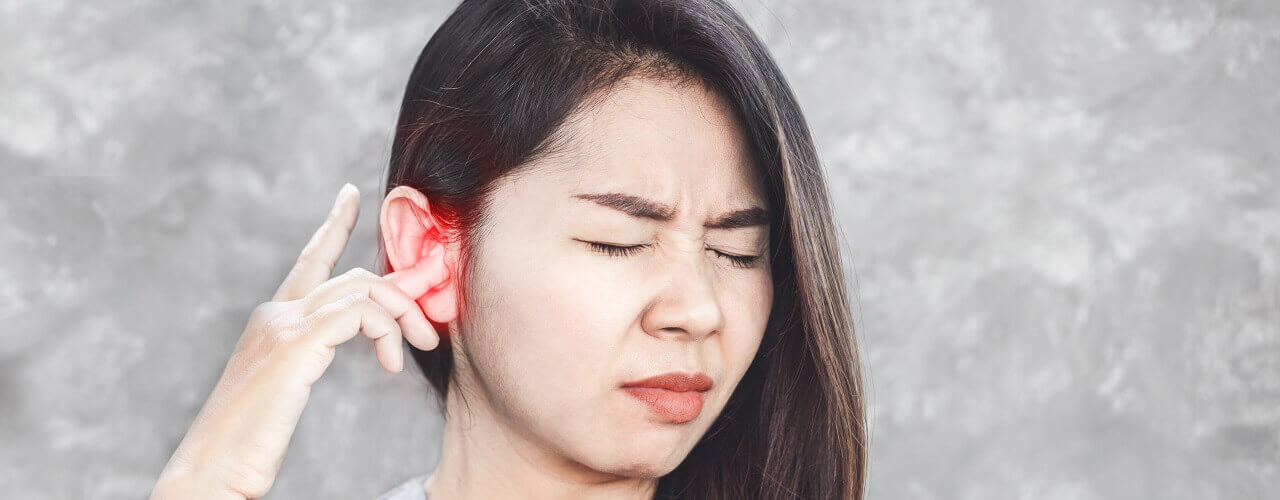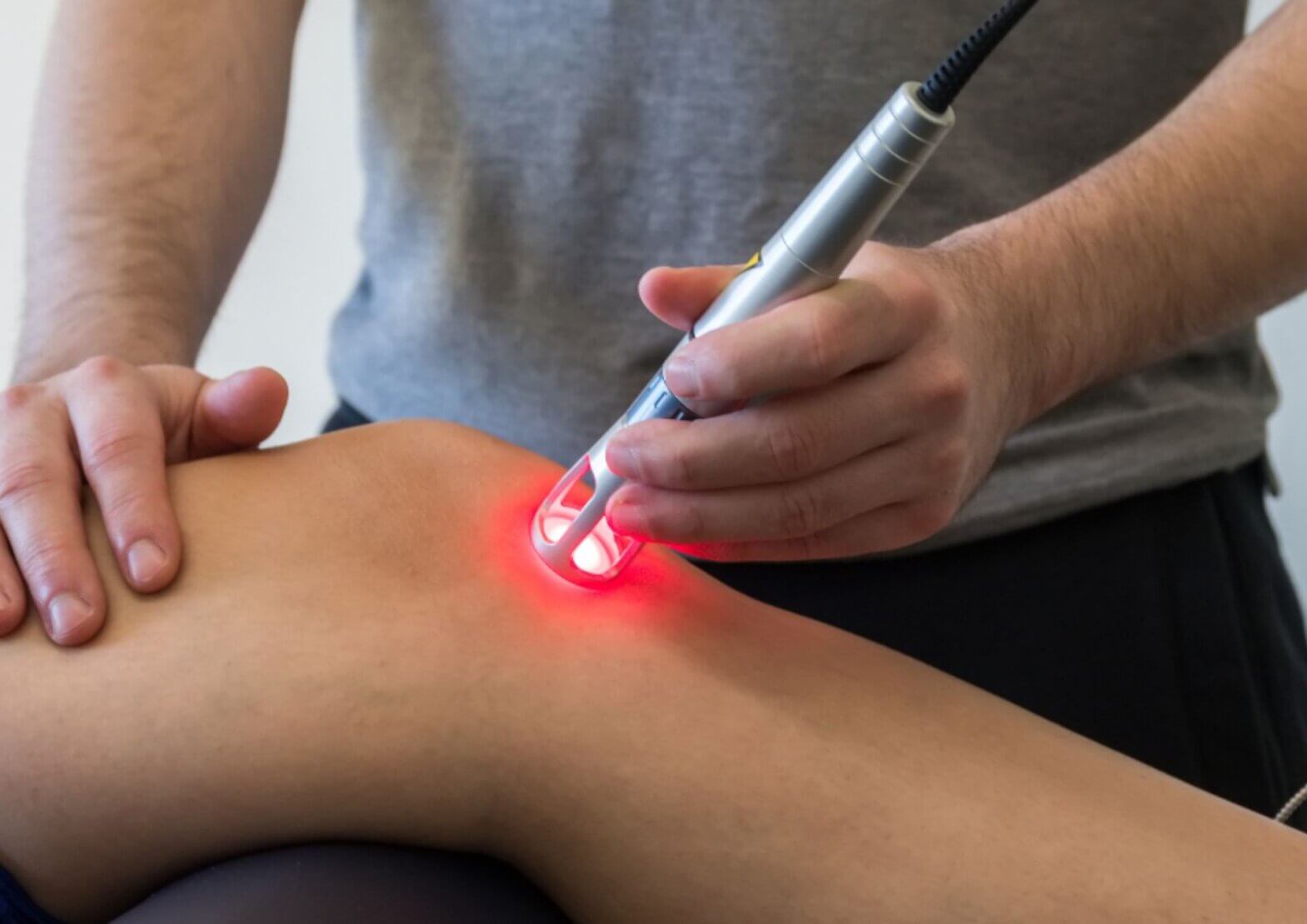Do you find balance a challenge? Do you ever get struck with a sudden sense of the room spinning? It might surprise you to learn that these difficulties often originate in an unlikely place: your inner ear. Physiotherapy for inner ear health can help you address this underlying cause–and find lasting relief.
The connection between your balance and your inner ear can seem odd to many. It exists because the inner ear is part of your vestibular system, which provides our sense of balance and proprioception (our body’s awareness of itself in space). If something’s off in your inner ear, it can cause issues with balance and vertigo.
The physiotherapists at Raynen Therapies have a strong understanding of the workings of your vestibular system. We can provide targeted exercises and maneuvers to address many common inner ear conditions. At the same time, we can also help you with postural correction and other balance exercises that can provide further stability if needed.
Want to learn more about physiotherapy for inner ear health? Keep reading, or call our Scarborough office to schedule an appointment!
Your Vestibular System: What It Is, and What Can Go Wrong
Your vestibular system links your inner ear to your cerebellum to create your sense of balance and stability. Using sensory input from your eyes, muscles, and joints, your vestibular system keeps you balanced and on your feet.
Experts divide the vestibular system into two parts:
- The central vestibular system is located in your brain and brainstem. It processes the sensory information from your body that allows for balance.
- The peripheral vestibular system refers to the complex network of structures in your inner ear that link to the central vestibular system and help control balance, stability, and spatial awareness.
If something’s wrong with your vestibular system, you can experience various symptoms, including the following:
- Dizziness, a general term for feelings of unsteadiness or lightheadedness
- Vertigo, a specific type of dizziness in which you feel as if either you or the room is spinning
- Vision issues, such as blurred vision or unusual eye movements
- Nausea
- Vomiting
Problems with your vestibular system can originate in either the peripheral or central vestibular system. If you’re experiencing symptoms of vestibular impairments, it’s important to determine which applies to you so you can receive the proper treatment.
At Raynen Therapies, we can help with issues in the peripheral vertigo system. Our team can conduct a comprehensive evaluation to help us determine the underlying cause of your discomfort, including movement screens, balance tests, and more.
Common Vestibular Disorders That Physiotherapy Can Help Address
There are several inner-ear-related vestibular disorders that our team can help you either resolve or manage. Here are some of the more common:
- Benign Paroxysmal Positional Vertigo (BPPV): The most common source of vestibular issues, BPPV occurs when small crystal deposits build up in the inner ear, impacting your overall vestibular function.
- Ménière’s Disease: This condition occurs when fluid builds up in your inner ear. In addition to the usual symptoms of vestibular impairment, it can also cause hearing loss and a sense of pressure or fullness in the affected ear.
- Labyrinthitis: This condition is an inflammation of the peripheral vestibular system in your inner ear.
- Traumatic Brain Injury (TBI): A TBI (including less severe TBIs, like concussions) can impact your overall vestibular system, including the inner ear. Physiotherapy can help you with your recovery.
How Physiotherapy Helps with Inner Ear Health
Many people are surprised to learn that physiotherapy can help with vertigo and other inner ear disorders. After all, many often associate the field with exercise and musculoskeletal disorders. However, we’re also knowledgeable in the body’s balance and stability, and a specialized form of physiotherapy, vestibular rehabilitation, can help improve your inner ear’s health.
Vestibular rehabilitation consists of different exercises designed to address inner ear disorders. Our therapists will work with you to develop a customized vestibular rehabilitation program that addresses your exact symptoms, conditions, and needs. Here are a few of the common exercises we might include:
- Repositioning Maneuvers: If you have BPPV, our physiotherapists can perform simple head maneuvers to help dislodge the crystals, clearing up symptoms.
- Habituation Exercises: By repeating the movements that cause mild vestibular symptoms, you can “habituate” to them, eventually decreasing their occurrence.
- Vision Exercises: Because vision and the vestibular system are so closely linked, specific vision exercises can often help manage symptoms. These exercises generally involve focusing and unfocusing your gaze or switching between different vision points.
- Relaxation Exercises: We’ll show you relaxation techniques that can help you manage vertigo attacks when they do happen.
- Postural Training: We’ll also work with you on your overall posture and balance, challenging you to use your body’s entire balance system.
- Physical Conditioning: Finally, we’ll help you strengthen areas of muscular weakness that can contribute to poor balance and stability. For example, we might start you on a walking regimen or suggest gentle Yoga exercises.
Get Started with Physiotherapy for Inner Ear Health Today!
At Raynen Therapies, we understand how unnerving it can be to experience vestibular dysfunction. Many people with these conditions struggle to go out for fear of another vertigo attack or a bad fall. But physiotherapy for inner ear health can help you get back on your feet– and stay there.
If you’re struggling with vertigo, dizziness, or spatial disorientation, request an appointment with us today. We’ll help identify the underlying cause of your symptoms and develop a program to address it!
Sources:
- https://www.physio-pedia.com/Introduction_to_Vestibular_Rehabilitation
- https://vestibular.org/article/what-is-vestibular/the-human-balance-system/
- https://www.physio-pedia.com/Benign_Positional_Paroxysmal_Vertigo_(BPPV)
Tags: Physiotherapy, vertigo, dizziness, balance disorders, inner ear issues, vestibular issues




